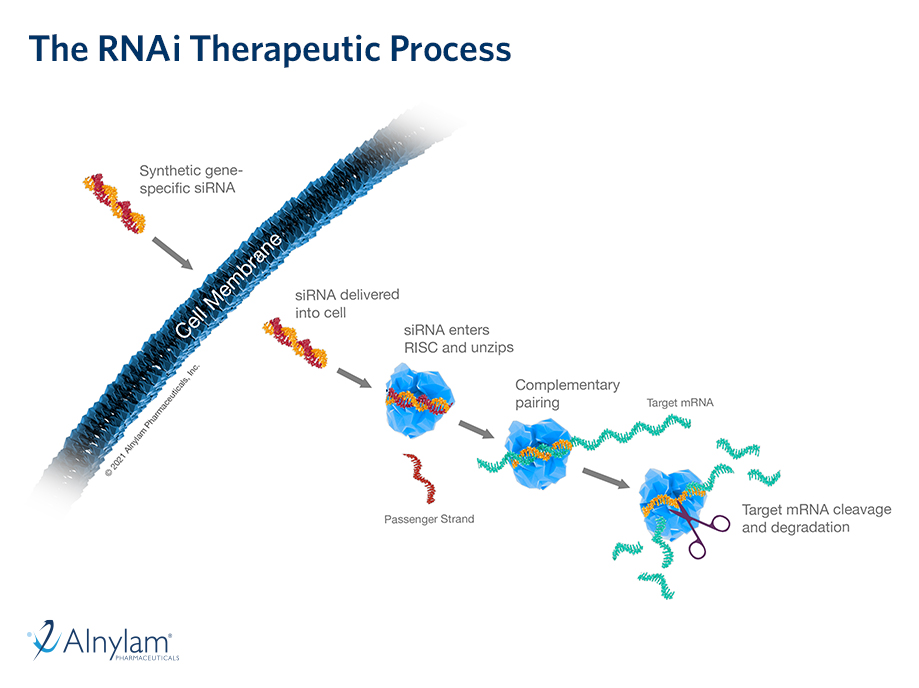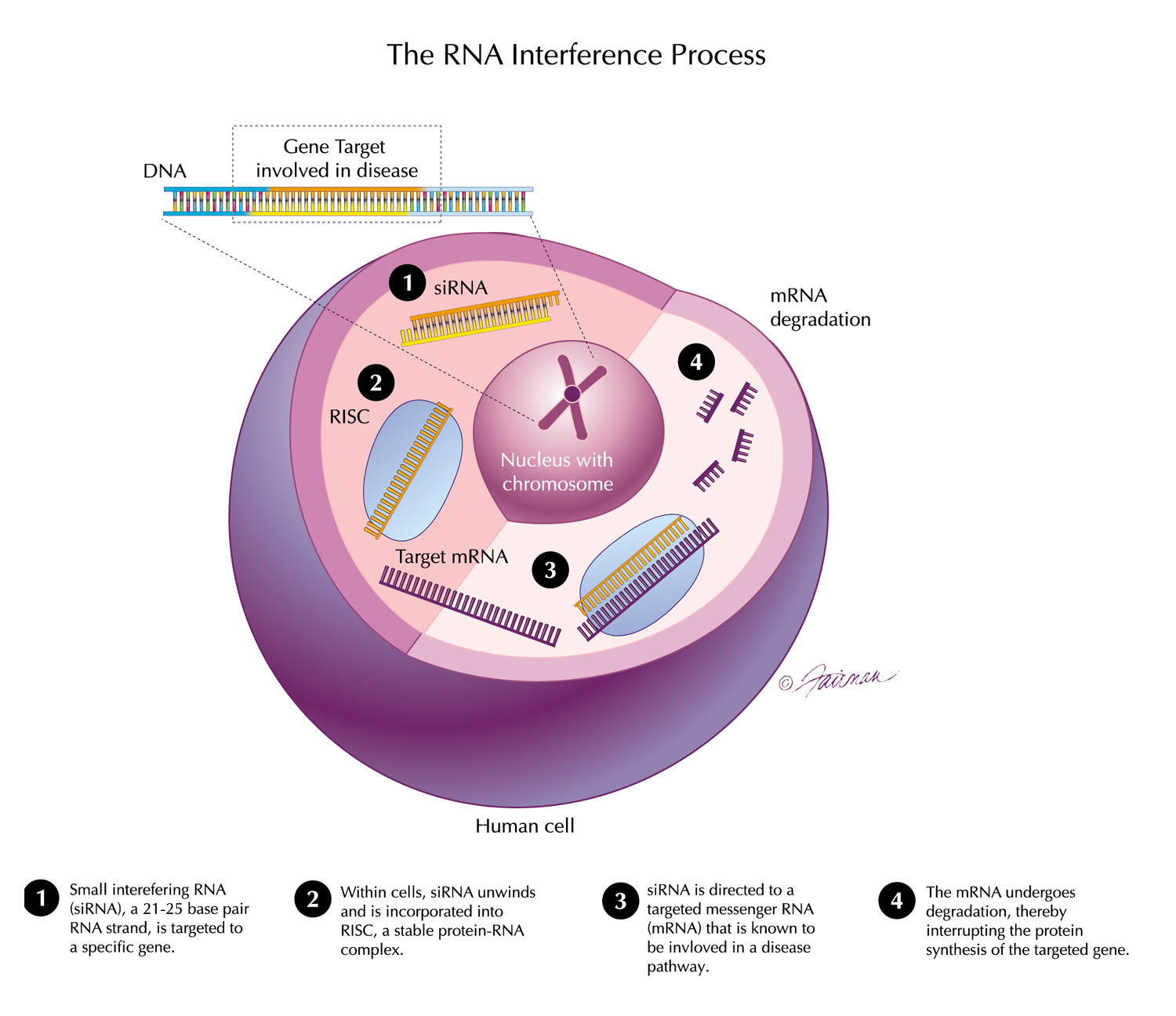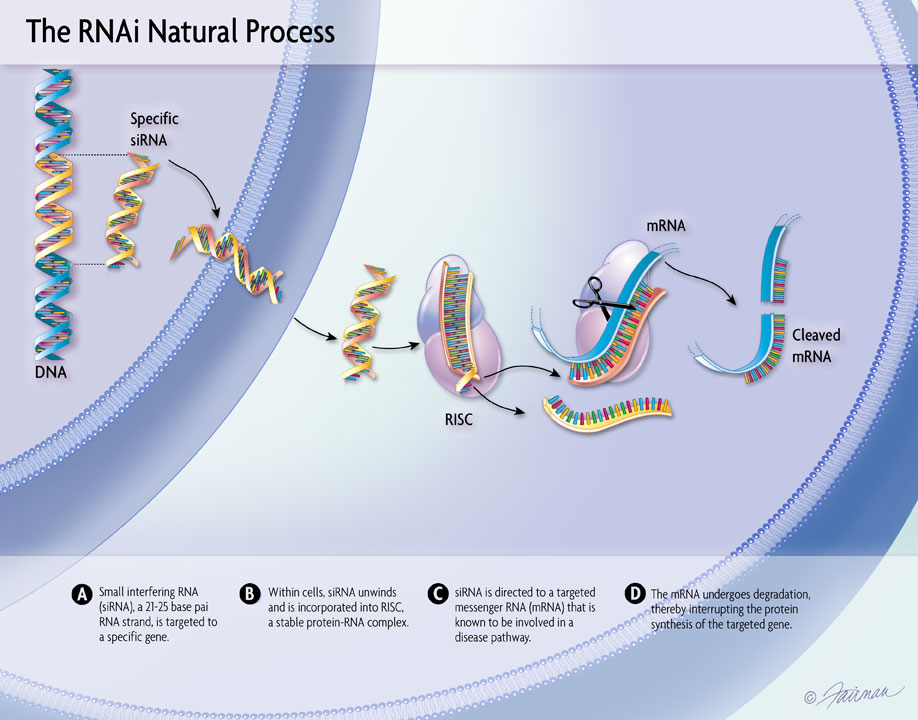
12 Dec, 2021 New Results from ATLAS Phase 3 Program with Fitusiran Presented at ASH Annual Meeting 2021
New results from the ATLAS Phase 3 program with fitusiran, an investigational RNAi therapeutic in development for the treatment of hemophilia A or B with and without inhibitors, in collaboration with Sanofi, were presented at the 63rd American Society of Hematology (ASH) Annual Meeting, held December 11-14, 2021.
ATLAS-A/B
All key primary and secondary endpoints were met in ATLAS-A/B. Once-monthly 80mg subcutaneous fitusiran prophylaxis demonstrated a significant reduction in annualized bleeding rate, annualized spontaneous bleeding rate, and annualized joint bleeding rate (all ~90%) in people with severe hemophilia A or B without inhibitors compared with on demand treatment. This reduction in bleeding was associated with a meaningful improvement in health-related quality of life.
Reported treatment emergent serious adverse events (TESAEs) were generally consistent with previously identified risks of fitusiran. TESAEs in the fitusiran arm included cholelithiasis (2 pts, 2.5%), cholecystitis, lower respiratory tract infection, and asthma (1 pt each, 1.3%). In the fitusiran arm, 2 pts (2.5%) experienced TEAEs that resulted in fitusiran discontinuation (cholecystitis and increased alanine aminotransferase). No TEAEs of thrombosis and no fatal TEAEs were reported.
ATLAS-INH
In ATLAS-INH, 80mg monthly subcutaneous fitusiran significantly reduced bleeding with a median ABR of zero and significant proportion of people with zero bleeds, resulting in a meaningful improvement in health-related quality of life.
Reported TESAEs were generally consistent with what is anticipated in an adult and adolescent population with severe hemophilia A or B with inhibitors, or with the previously identified risks of fitusiran. All TESAEs were reported in 1 patient each; in the fitusiran prophylaxis arm these included events of device related infection, hematuria, spinal vascular disorder, subclavian vein thrombosis, thrombosis, acute cholecystitis, chronic cholecystitis and asymptomatic COVID-19. One patient (2.4%) in the fitusiran arm experienced TEAEs that resulted in study drug discontinuation (spinal vascular disorder and thrombosis). There were no fatal TEAEs reported.


